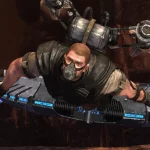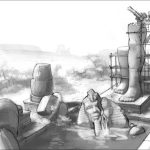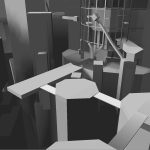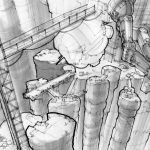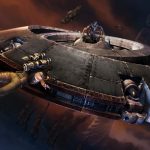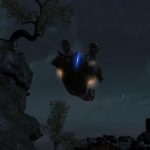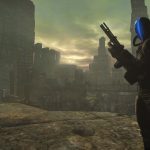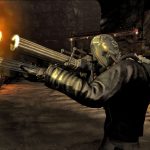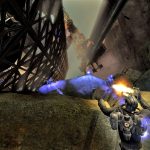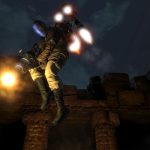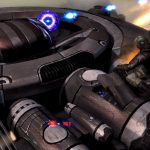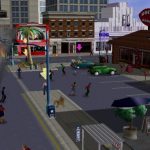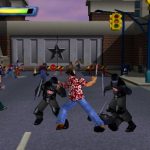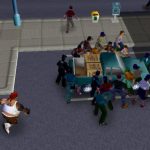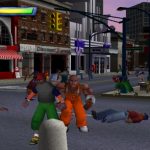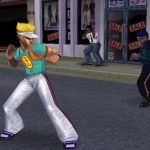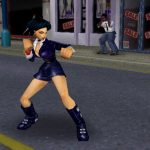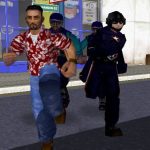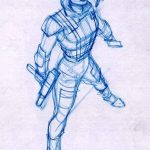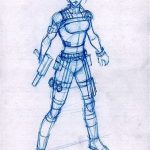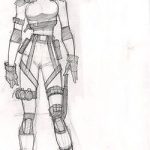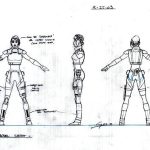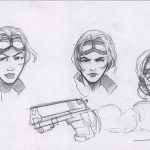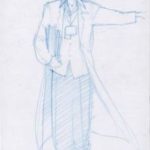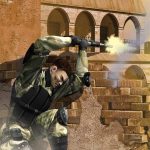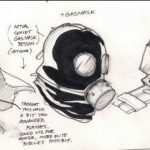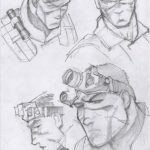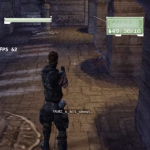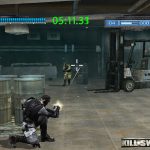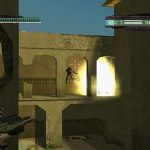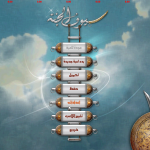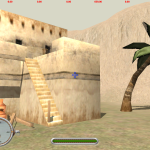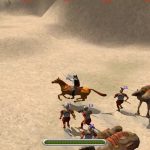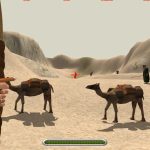Dark Void was a fantastic Double AA hidden gem developed by Airtight Games and published by Capcom in 2010 for the Xbox 360 and PlayStation 3, with a PC version following shortly after. While the game introduced two genuinely interesting mechanics: a fully functional jetpack and an ambitious vertical cover system, it ultimately failed to generate the commercial success Capcom had hoped for. As a result, all plans for a sequel were quietly scrapped.
That outcome is particularly unfortunate given how turbulent and imaginative Dark Void’s development history was. Before it became the jetpack-driven shooter we know today, the game went through several radically different conceptual phases.
According to Jim Deal, the project’s earliest pitch leaned heavily into an Indiana Jones-inspired adventure. Players would traverse exotic environments using motorcycles, jeeps, horses, and even airships, with a grappling hook allowing them to latch onto surfaces and swing their way forward. It was less about aerial combat and more about pulpy exploration and cinematic traversal.
Pre-conceptualisation artist Stephen Daniele later revealed that, before the jetpack ever entered the picture, Dark Void was built around a shadowy enemy faction known as the Invisible Hand. A technologically advanced organisation clearly echoing the iconography of Nazi-era villains. The narrative framed them as an existential threat, one that needed to be dismantled before their influence spread further.
Visually, the game was also very different in its infancy. Daniele noted that the original setting was intended to be the Mediterranean or North Africa, with heavy artistic influence drawn from Egypt in particular. Ancient ruins, desert landscapes, and sun-scorched architecture shaped much of the early concept art.
Only after multiple iterations did the jetpack flight system emerge. A decision that would ultimately define Dark Void. It is worth noting that Dark Void began development in early 2007 as a spiritual successor to Crimson Skies: High Road to Revenge because, at the time, Fasa Studios wanted to implement some sort of on-foot third-person interaction, but unfortunately, it didn’t happen. Dark Void seemed like the right opportunity.
Sketches and Early Prototype:
- According to Daniele, this was the early look of the protagonist (Will Grey)
- Early Sketches
- Early Sketches
- Early Sketches
- Early Sketches
- Early Sketches
- Early Sketches
- Early look of the main protagonist and UFO ship
Don’t be confused if you recognise the image from the prologue. There’s a perfectly good reason for it. According to Stephen Daniele, Capcom wanted Airtight Games to adopt an approach similar to God of War: begin the game by handing the player almost every tool upfront, then gradually teach them how everything works.
Because this opening sequence functioned purely as a tutorial, the developers placed it at the very start of the game. At the time, nobody realised they were actually controlling an early iteration of Will Grey! A small but fascinating detail that only makes sense in hindsight.
Videos:
A 1-hour chat with Stephen Daniele about the early concepts of Dark Void and some of the cut content, like the Motorcycle!
Images from the 2008 E3 build
- Blue light from helmet
- Slightly different lightning and visuals
- The Oppressor gun has a different look and sfx
- Enemies don’t blow up
- The way Will Grey moves between ledges is unfinished
- Jet Pack boost (color) is slightly different
- Slightly different button prompts for QTE
A fan-documentary of Dark Void covering the early codenames and more details on the initial concept of the game and the sequel.
Credit: Huge thanks to Stephen Daniele for the early sketches and details that have gone unknown for 15 years!

